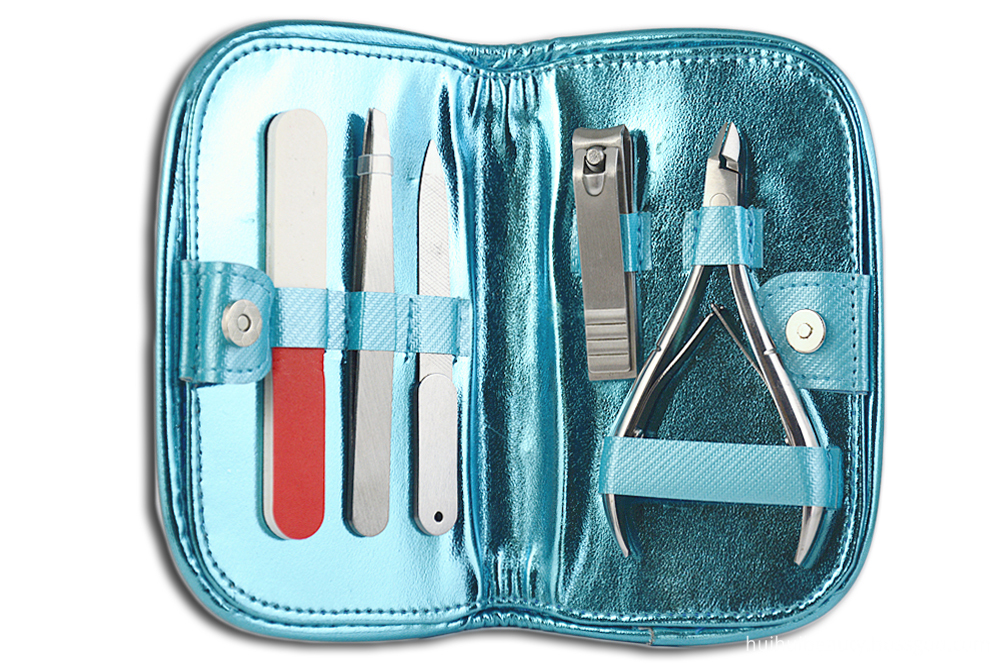Although research has found that the positive rate of anti-coagulation factor â…§ (Fâ…§) antibodies is extremely low, this autoantibody cannot be ignored. It is often the most important factor in inhibiting the body's coagulation system.
The International Thrombosis and Hemostasis Committee conducted an in-depth investigation of 215 non-hemophilia patients with Fâ…§: C inhibitory factors diagnosed by 118 physicians in the past decade. It was found that 46% of people had no obvious clinical symptoms, but with the increase of age, the risk of increasing their autoantibodies also increased. 17% of patients with autoantibodies were between 50 and 60 years old. 48% of patients are over 60 years old.
About one-third of human anti-Fâ…§ autoantibodies can disappear on their own, but in most cases, it can be latent in the body for several years until it causes severe life-threatening bleeding. Although there are several therapies that can slightly reduce the production of such autoantibodies, the overall efficacy is not ideal.
1. Definition Fâ…§ is a crucial glycoprotein involved in the coagulation bypass pathway. Without the participation of phospholipids and calcium ions, it and coagulation factor Xa (FXa) can work together in the fermentation process of FX. The lack of Fâ…§ or its complete molecule will lead to the development of hemorrhagic diseases such as hemophilia A (an X-linked disease that occurs only in men with a probability of 1/10 000).
2. Characteristics Fâ…§ has two forms, natural type and genetic recombination type, and ordinary coagulation analysis and staining analysis are difficult to distinguish these two types of molecules. Because genetically recombinant molecules are full-length and natural molecules are fragments, researchers speculate that they will bind different autoantibodies, so immunoassay is expected to distinguish between these two types of molecules.
The natural Fâ…§ molecule is a single polypeptide chain containing 2,332 amino acids, and the entire amino acid sequence has been determined. By cloning Fâ…§ and expressing it in mammalian cells, it was found that there is an open reading frame containing 2351 amino acid single chain precursors in the molecule, and 19 amino acid single peptides in this structure can be ectopic to the cytoplasm , And glycosylation processing. The maximum degree of glycosylation of an Fâ…§ molecule can reach 330kd / MW.
The Fâ…§ molecule has three regions A, B, and C. The A region has two parts: A1 (amino acids 1-329) and A2 (amino acids 380-711), which are separated by an acidic region that is functionally essential. A1 and A2 constitute the heavy chain of Fâ…§ (92kD / MW). The light chain is mainly composed of A3 (amino acids 1649-2091), C1 and C2 (80kD / MW). The linking region of the heavy and light chains is the B region (containing 948 amino acids and containing 80% of glycosylation sites), so that due to the different composition of the B region, two different types of endogenous molecules are produced. One configuration is three times the A segment and contains 30% sequence similarity. The other configuration is twice that of the C segment and contains a carboxyl terminus. Therefore, the entire Fâ…§ molecular structure is a linear configuration, namely A1-A2-B-A3-C1-C2. Since the B region is optional for the function of the Fâ…§ molecule, some truncated Fâ…§ molecules completely remove the B region structurally or partially replace the B region with a synthetic peptide.
Circulating type Fâ…§ is a heterodimeric form, which can be obtained by protease hydrolysis of its precursor. The three major digestion sites of Fâ…§ are crucial for their activity: located in the acidic region between the A1 and A2 regions; located at the carboxyl terminus of the A2 region; and the light chain acidity at the junction of the B and A3 regions Carboxyl terminus of the region. Therefore, the active form of Fâ…§ present in the circulation is a heterotrimer. It can be further hydrolyzed and inactivated by thrombin, FXa, and active protein C. The different active forms of these Fâ…§ molecules can affect their binding to specific antibodies.
3. Source Natural Fâ…§ molecules are produced by the liver. Gene recombination type Fâ…§ is produced by transfecting Chinese hamster cells (CHO) or baby mouse kidney cells with full-length or partial DNA expression vectors.
4. Purification First, the blood donor's plasma is cryoprecipitated to obtain the Fâ…§ sample, and then the impurity protein is removed through a series of methods such as filtration, ion exchange or affinity chromatography, immunoaffinity chromatography, and staining analysis. The immunoaffinity chromatography method is to pass the cryoprecipitate containing Fâ…§ through a pre-crosslinked anti-Fâ…§ mouse monoclonal antibody or VWF exchange column. Immunoglobulin impurities.
The Pedicure Set , also known as the nail suit, Manicure Set, and Nail Clipper Set, was a living utensil invented by the American Wolvesk Kiel in the 1930s.
It can use to personal personal beauty treatments for manicure, eyebrows, acne, exfoliation, etc.
Because the Manicure Kit collects Eyebrow Tweezers, scissors, nail clippers, nail files, foot files, cuticle clippers, finger slings, glass files and other small tools, it greatly facilitates people's daily needs,can be used as a gift for business gifts, product promotions, etc.

Manicure Set
Manicure Kit,Manicure Set,Grooming Tools,Pedicure Set,Dental tools kit,shoe shining kit,wooden brush,shoe polish,shoe cleaning kit,foam brushes
YANGJIANG HUIHUI BEAUTY TOOLS CO.,LTD , https://www.yjhuihuibeauty.com
